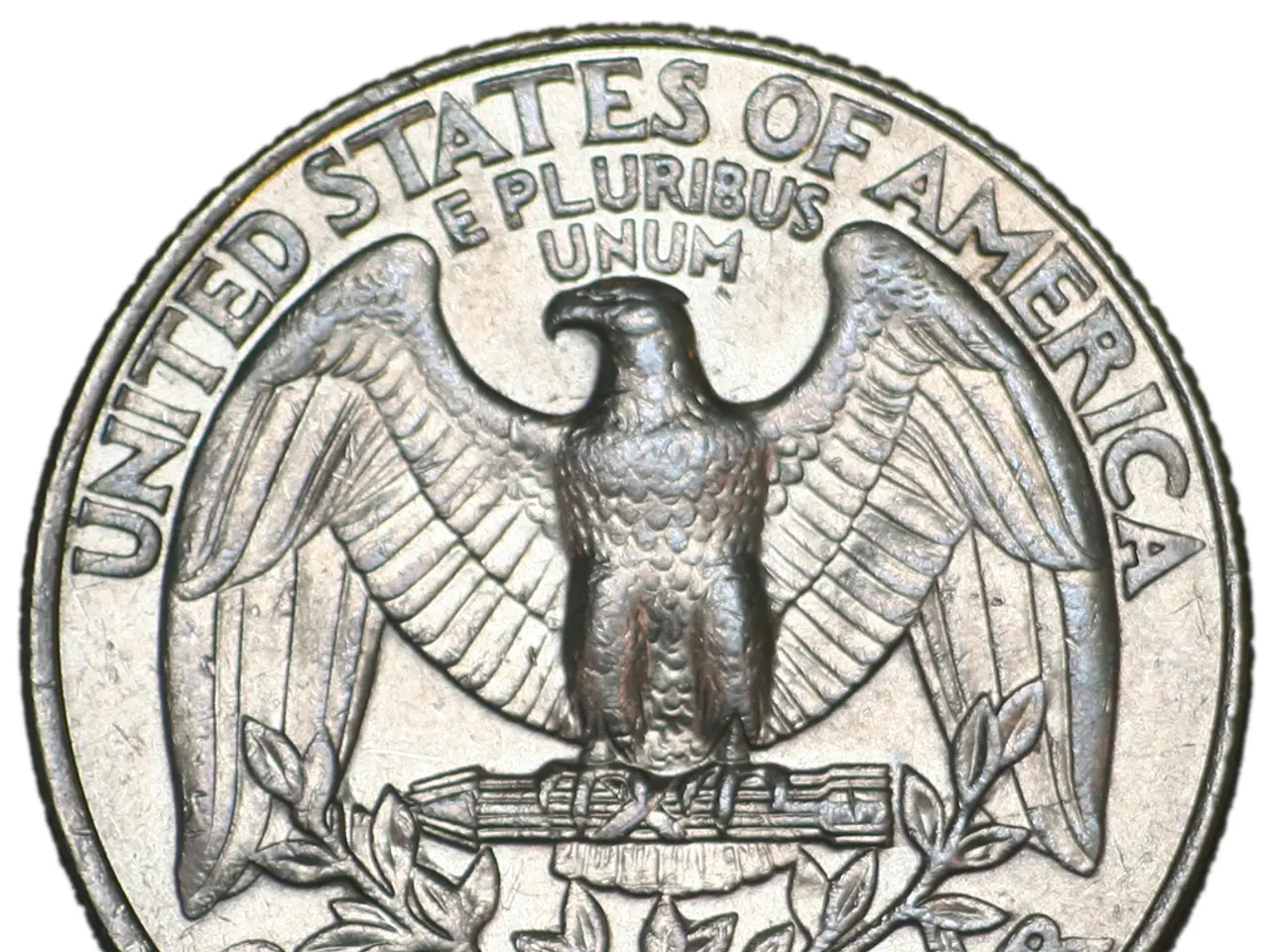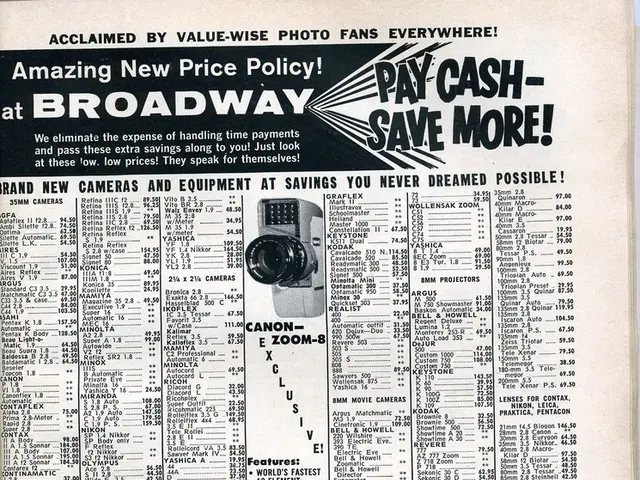Trump Endorses Executive Decree Permitting 401(k) Access to Bitcoin and Digital Currencies
In a groundbreaking move, President Trump has signed an Executive Order allowing 401(k) investors to diversify their retirement portfolios by including alternative assets such as cryptocurrencies, private equity, and real estate [1][2][3]. This decision could potentially democratize retirement investing, giving millions of Americans access to the crypto market through regulated channels.
The order directs the Secretary of Labor to redefine what asset classes qualify for 401(k) inclusion, expanding beyond traditional stocks and bonds [1][2]. However, the details of how the SEC, Treasury, or other agencies will facilitate this diversification process are yet to be disclosed.
The entourage of the 401(k) plan to the crypto market is expected to play a crucial role in the ongoing 2025 bull market. Millions of Americans participating in employer-sponsored retirement plans could gain access to crypto investments, similar to institutional investors who already have such options [3]. This could increase demand for major cryptocurrencies like Bitcoin and Ethereum as 401(k) sponsors add them as options [1].
However, experts caution that cryptocurrencies should be viewed more like collectibles or alternative assets (e.g., gold or wine) rather than traditional securities, given their volatility and unique risks [1]. Investment in such assets would remain optional to participants.
Changes will take months or years to fully materialize due to regulatory complexity, the need for updated Labor Department guidance, and retirement plan providers developing appropriate crypto funds [2]. The order does not specify a timeline for the implementation of these changes.
While alternative investments like crypto and private equity usually carry higher fees and complexity, they offer competitive returns and diversification benefits [2][3]. However, fiduciaries must carefully evaluate these factors to protect investors' interests.
The order does not mention any potential risks or downsides of investing in crypto assets or other alternative assets. The volatile nature of the crypto market should be carefully considered. The order also does not state whether or not it applies to all retirement accounts, not just 401(k)s.
The 401(k) operators can now access spot crypto ETFs led by Bitcoin and Ethereum. The Secretary of Labor is instructed to work closely with the Securities and Exchange Commission (SEC), the Secretary of the Treasury, and other agencies to facilitate the diversification of funds held in the 401(k) [2].
The order notes that alternative assets offer competitive returns and diversification benefits, but regulatory overreach and litigation risks have limited ERISA-governed plan fiduciaries from including these assets in their investment portfolios [2]. The ability to access regulated channels may impact tax implications, but the order does not indicate any changes to the taxation of these investments.
In conclusion, the executive order aims to open up the 401(k) market to a wider range of investment options, potentially paving the way for a more diverse and inclusive retirement investment landscape. However, the practical adoption of these changes will be gradual and subject to regulatory safeguards and fiduciary prudence.
- The 401(k) order, signed by President Trump, allows investors to include cryptocurrencies like Bitcoin and Ethereum in their retirement portfolios, diversifying beyond traditional stocks and bonds.
- The order also opens the door for 401(k) investors to invest in alternative assets such as private equity, real estate, and now, spot crypto ETFs led by Bitcoin and Ethereum.
- Investing in cryptocurrencies through 401(k)s could potentially increase demand for Bitcoin and Ethereum as 401(k) sponsors may add them as options.
- Experts advise viewing cryptocurrencies like Bitcoin and Ethereum as collectibles or alternative assets, given their volatility and unique risks, and the investment will remain optional for participants.






